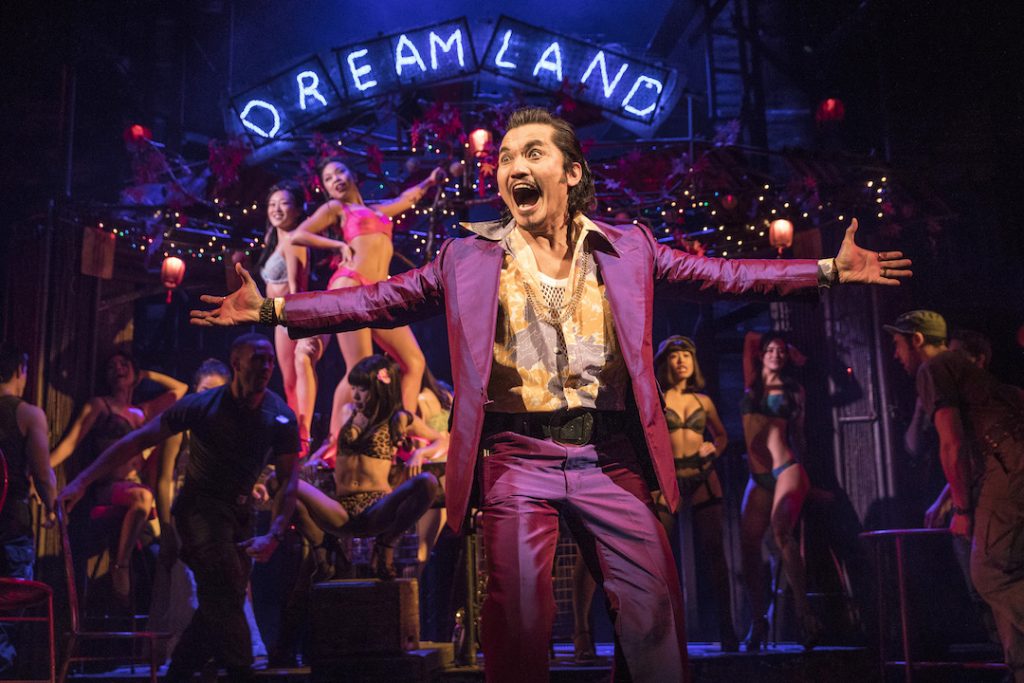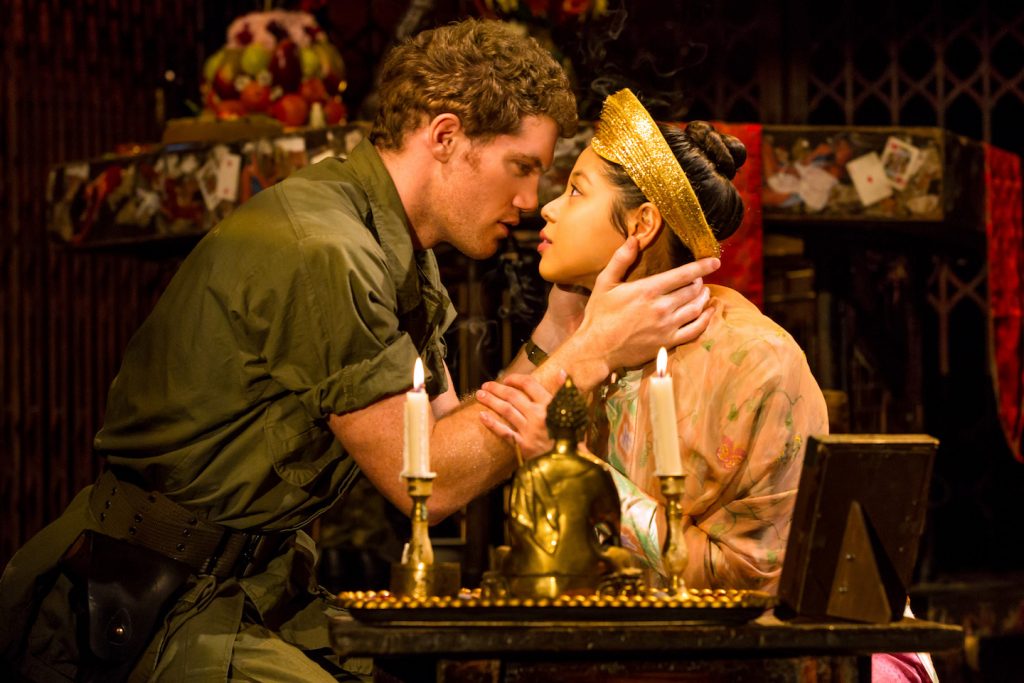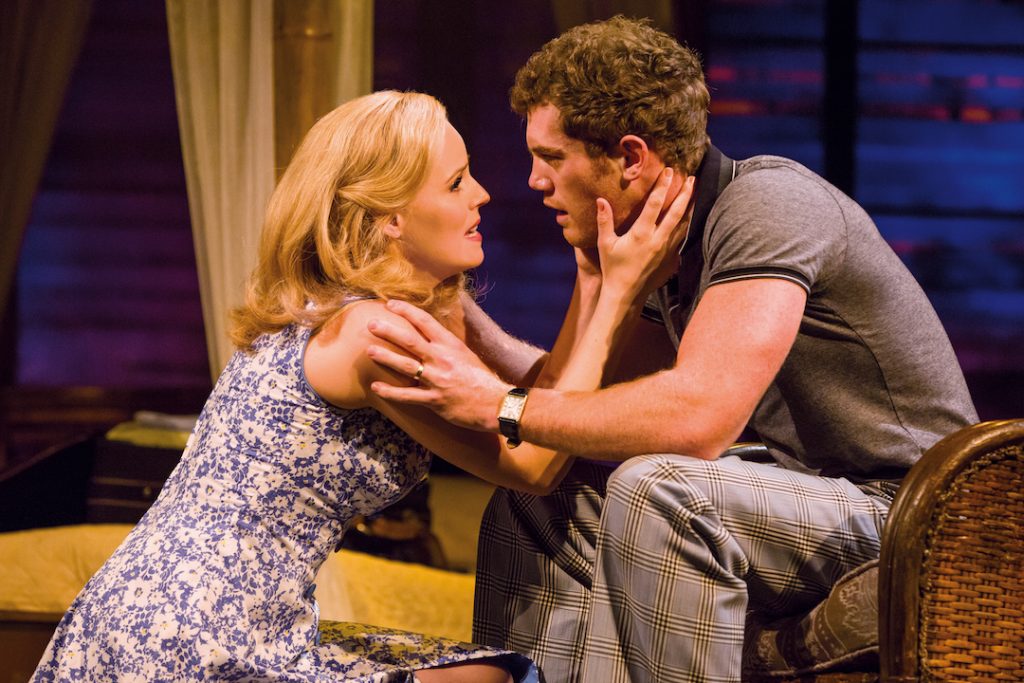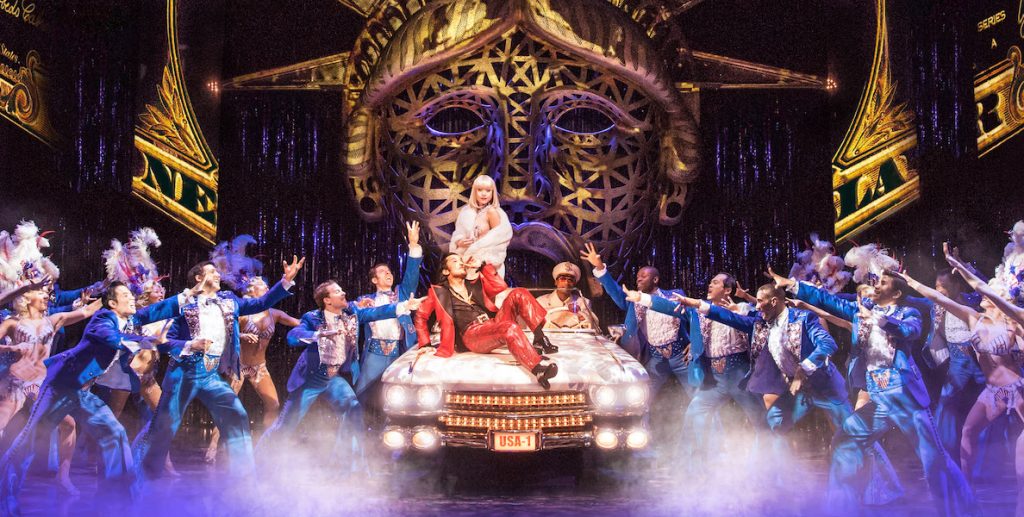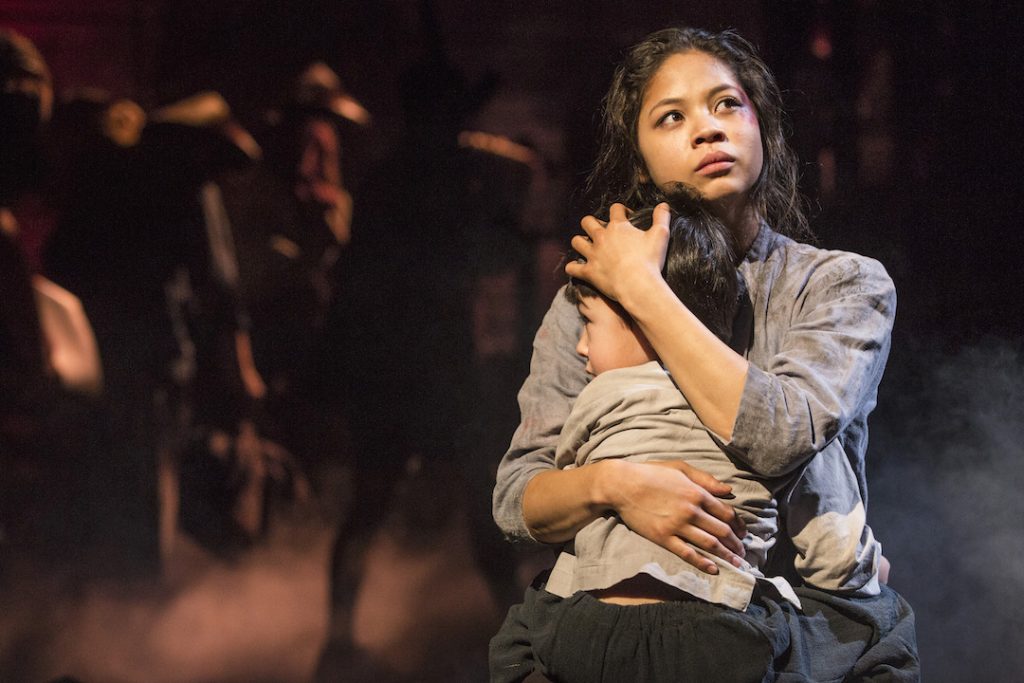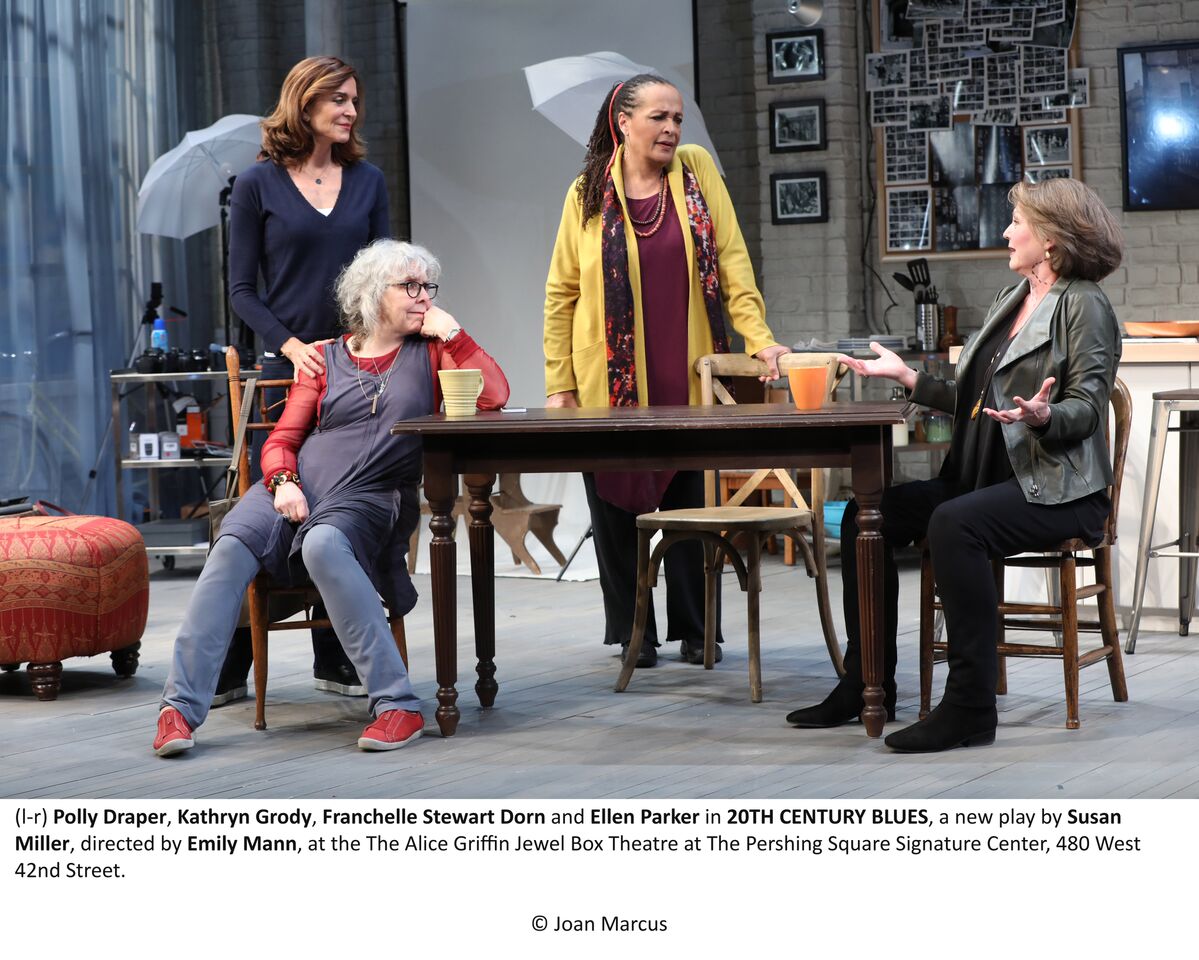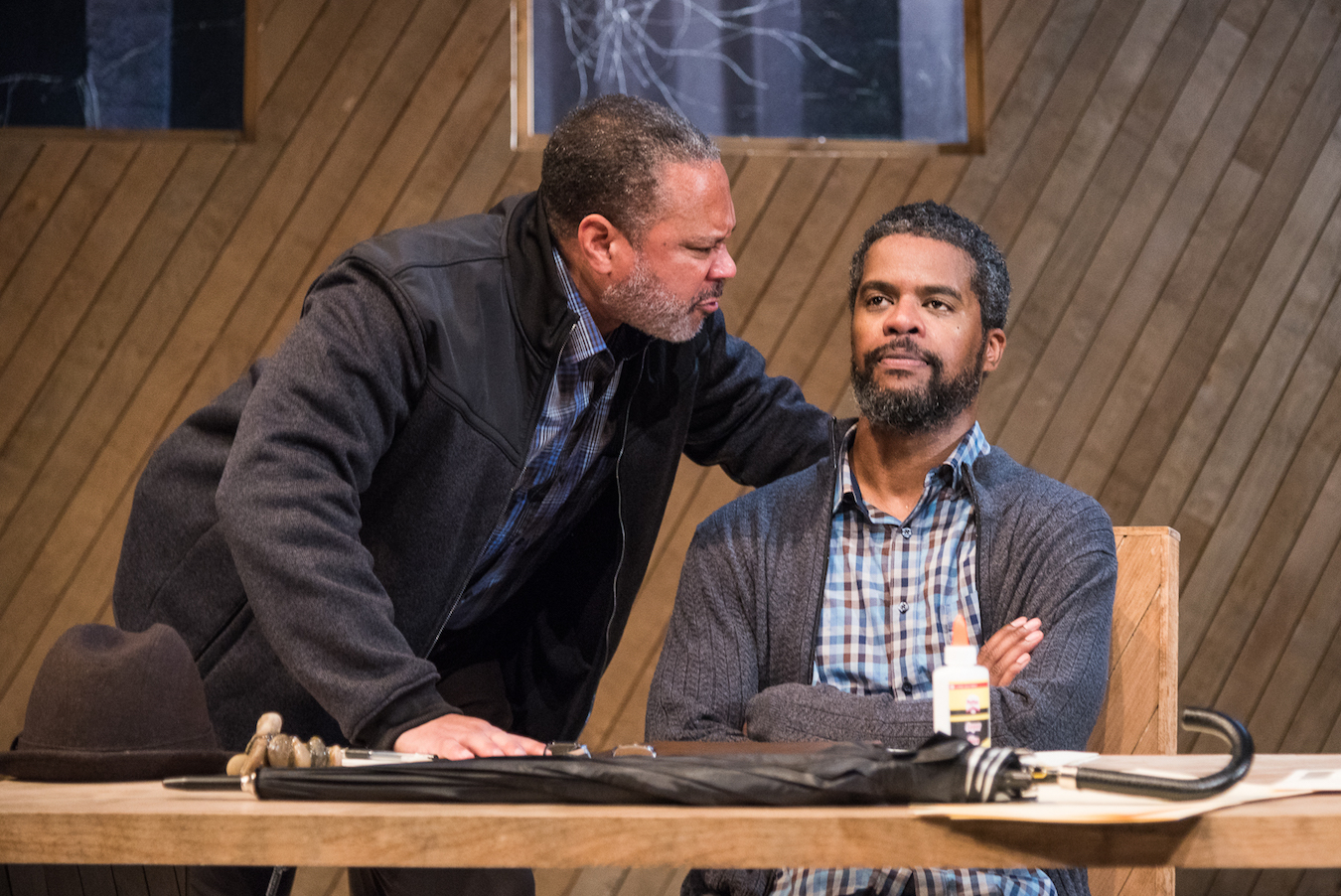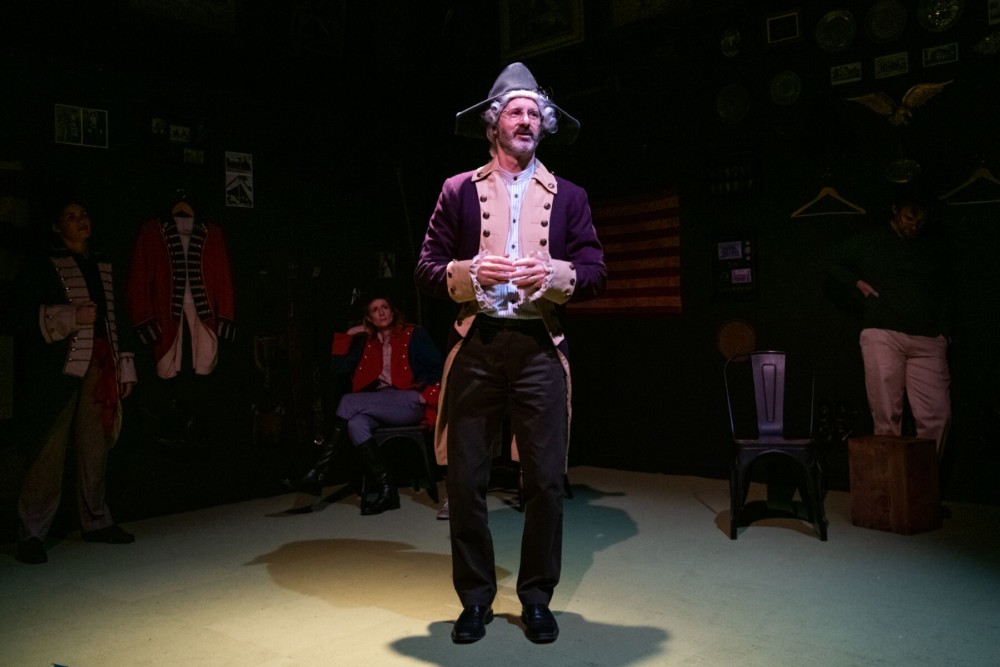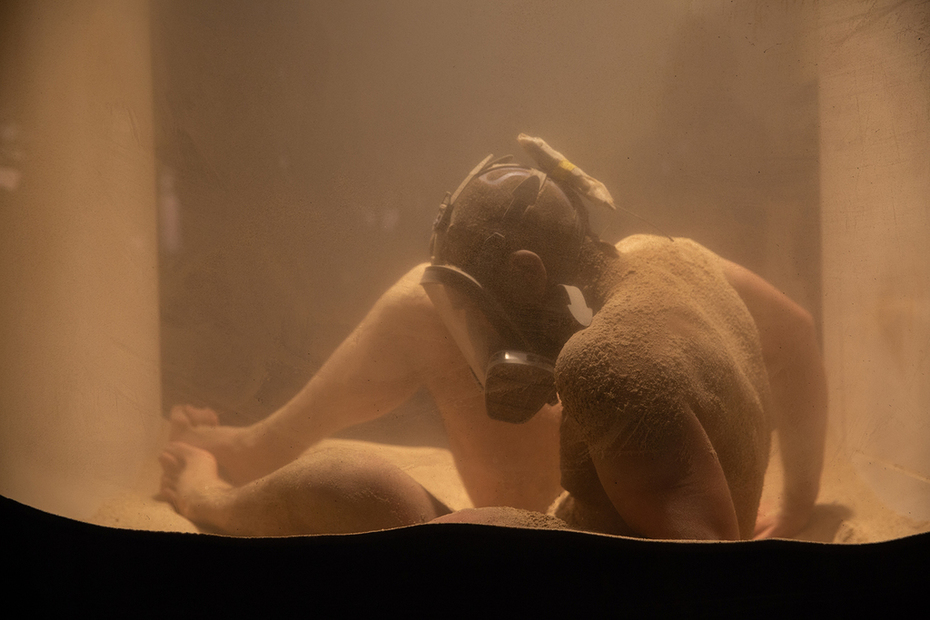by Samuel L. Leiter
“Where was the helicopter?” asked the gentleman snaking his way out of my row at intermission at Miss Saigon. “It’s in the second act,” quickly replied my companion. Ah! Some people do actually go to Broadway musicals to sing the scenery. And he had good reason to ask. After all, it’s only logical to have expected the chopper’s arrival in Act One, which takes place between 1975 and 1978, before, during, and after the fall of Saigon.
Although we hear its loudly whirling blades early on, Alain Boublil’s awkward book saves the chopper for an Act Two flashback to explain what happened earlier. In the end, though, it doesn’t matter because, as Miss Saigon’s remarkable international success demonstrates, this blockbuster is bulletproof against critical assaults on its still evident mawkishness, racial stereotyping, melodramatic overkill, and substantial lack of comedy. Claude-Michel Schönberg’s pseudo-operatic (and decidedly non-Southeast Asian flavored) score and Boublil and Richard Maltby, Jr.’s often simplistic lyrics are also subject to slings and arrows. Happily, censure of its original production related to casting of non-Asians in Asian roles is no longer viable.
Miss Saigon is not as dramatically and musically rich as Boublil and Schönberg’s earlier megahit, Les Misérables. Still, despite its weaknesses, it’s hard to deny the show’s ability to zing theatregoers’ hearts with a healthy dose of romantic, sung-through melodies melding with broad histrionics and visual glitter in a time and place fraught with guilt over a misguided war. Its most pointed theme, however, kids abandoned by their GI fathers, seems notably dated at a time of conflict in the Middle East, where the issue barely exists; a video in Act Two feels like a TV ad for Save the Children.
Inspired by Puccini’s opera Madame Butterfly, the show focuses on a love affair between GI Chris (Alistair Brammer) and 17-year-old Kim (Eva Noblezada), who’s been forced into prostitution at a bar cum brothel called Dreamland. It’s run by a flashy pimp, the Engineer (Jon Jon Briones), so dubbed because he’s such a conniver. Cue the rocking first number, “The Heat Is on in Saigon,” packed with bikini-clad, bumping and grinding whores who dream of luring a GI patron into marriage so they can get to America. One, Gigi (Rachelle Ann Go), captures this in the haunting “The Movie in My Mind.”
John (Nicholas Christopher), Chris’s BFF, buys Kim for Chris. It takes about as long for Chris and Kim to fall eternally in love as it does Romeo and Juliet at the Capulets’ ball; they sing the lyrical “Sun and Moon,” one of the few songs that doesn’t require glass-shattering volume. Saigon is also falling, though, and Chris has no option but to flee Vietnam. Kim, Chris’s little boy, Tam (four kids rotate in the role), and the Engineer, who sees in Chris’s son his passport to America, overcome various dangers—including a villain, Thuy (Devin Ilaw), who comes out of nowhere to claim dibs on Kim—and escape to Bangkok and its sex trade.
Back in the States, Chris, now married to Ellen (Katie Rose Clarke), learns of Tam, and comes with his sympathetic wife to Bangkok to deal with the situation. Before it’s resolved, though, the Engineer brings the house down with his show-stopping 11:00 number, “The American Dream,” a have-not’s dream of having it all in the land of excess. It’s one of those great routines that keep building on a simple rhythmic structure (think “Hello, Dolly!”), concluding with the spectacular entrance of a gleaming convertible complete with an ermine-wrapped hottie. For this revival, a distractingly anachronistic Trump slogan (one of several new interpolations) is added for a laugh. Then it’s back to Tam, with blood and tears to follow.
Director Laurence Connor’s revival, with musical staging and choreography by Bob Avian (additional choreography by Geoffrey Garratt), and a cast of nearly 40, arrives here after its recent London production. Despite a set by Totie Driver and Matt Kinley based on a “design concept” by Adrian Vaux, it doesn’t look radically different from previous versions, apart from things like changing the usual projection of Ho Chi Minh to a huge, gilded bust. Even the helicopter, which occupies less than a minute of stage time, no longer seems as impressive as it once did. Bruno Poet’s extensive lighting and Adrienne Neofitou numerous costumes do their jobs with élan.
Brammer and Noblezada project youthful passion although their singing, while pleasant, is undistinguished. Clarke, though, makes her one big number count. And Briones, who’s played the Engineer in multiple productions, captures the man’s treacherous survivalist instincts without losing audience sympathy. He helps make this an entertaining, if unexceptional, revival of a show whose problems have become more apparent with age.
Miss Saigon. Now playing at the Broadway Theatre (1681 Broadway, at 53rd Street) Run time: 2 hrs, 40 minutes www.saigonbroadway.com
Photos: Matthew Murphy




